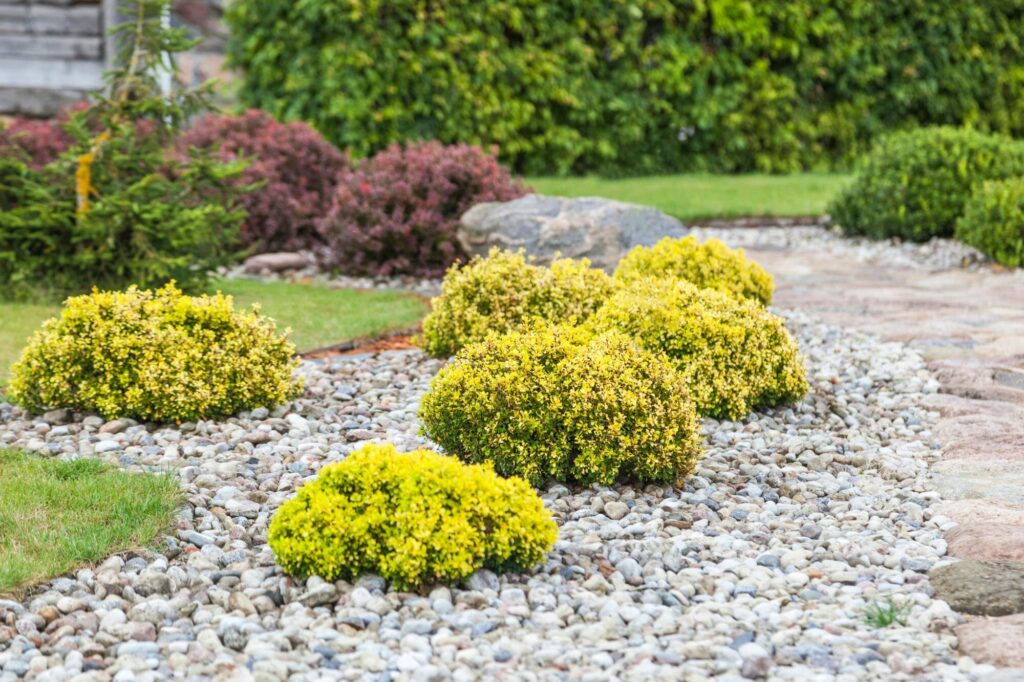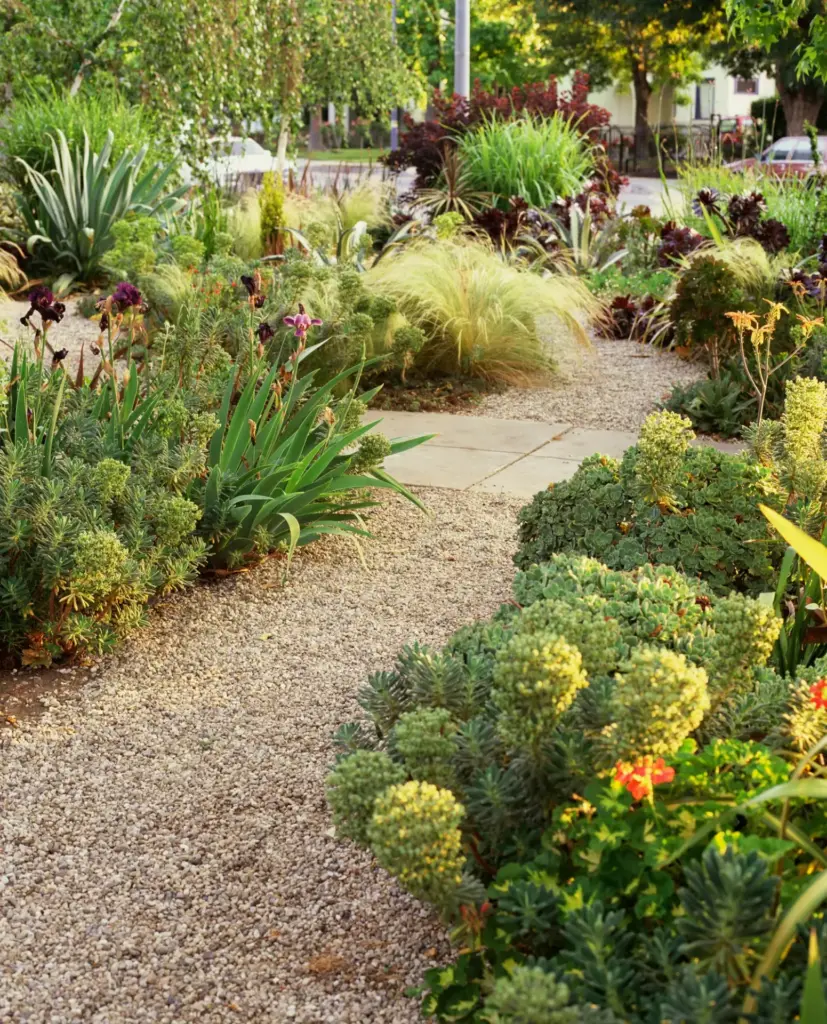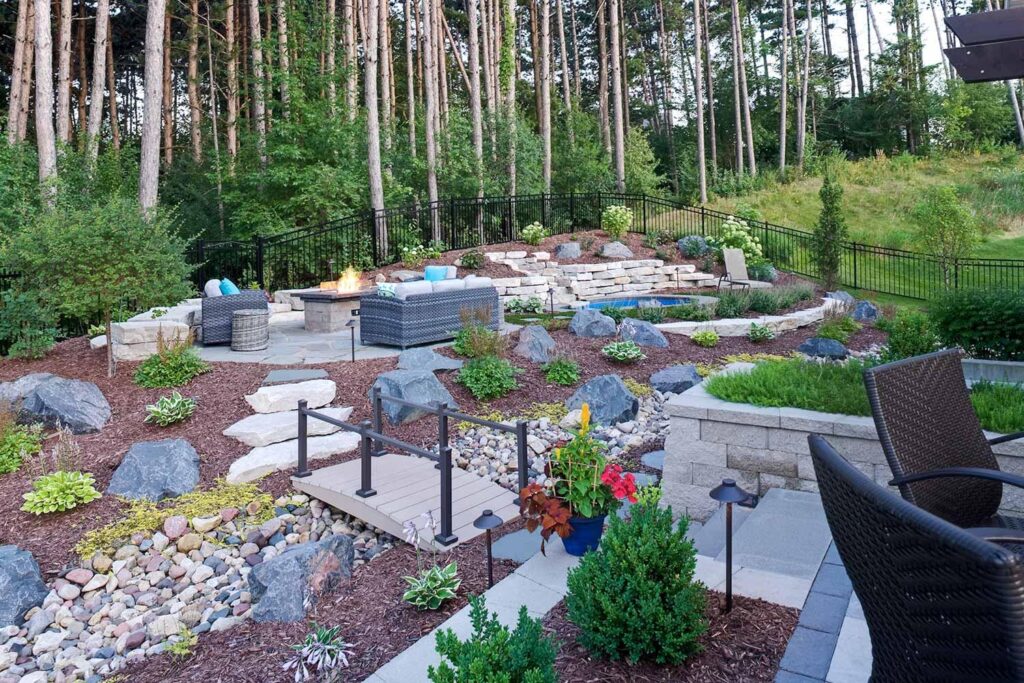Creating a beautiful landscape doesn’t have to mean high water bills or endless weekends of yard work. With smart planning and the right plant choices, you can enjoy a thriving, eco-friendly outdoor space that requires minimal maintenance and conserves water. In this guide, we’ll walk you through the steps to design a low-water, low-maintenance landscape that’s both functional and visually appealing.


Why Choose a Low-Water Landscape?
With climate change and increasing drought conditions across many regions, water-wise landscaping is more important than ever. A low-water garden can reduce your outdoor water usage by up to 50% or more. Plus, it cuts down on maintenance tasks like mowing, fertilizing, and constant pruning.
Start by analyzing your space:
Map out your yard and observe sun and shade patterns.
Group plants with similar water and sunlight needs.
Use zones: Create different areas for functional use (seating, play, planting).
Consider hardscaping elements like gravel pathways, decomposed granite, or pavers to reduce lawn space and water usage.
Traditional lawns are one of the biggest water hogs in landscaping. Replacing turf grass with drought-tolerant ground covers or mulch is a smart move.
Some popular alternatives include:
Creeping thyme
Dymondia
Sedum (stonecrop)
Bark or wood chip mulch
Mulch not only reduces water evaporation but also suppresses weeds, adding to your low-maintenance goals.
The heart of any low-water landscape is the right plant selection. Native and drought-resistant plants are adapted to your region’s climate and need less water to thrive.
Top drought-tolerant plants include:
Lavender
Sage (Salvia)
Agave
Succulents
California poppy
Russian sage
When planting, group similar water needs together and use deep watering techniques to encourage root growth.
Instead of traditional sprinklers, use drip irrigation systems or soaker hoses. These methods deliver water directly to the roots, minimizing waste and evaporation.
Add a smart irrigation controller that adjusts watering schedules based on weather forecasts, soil moisture, and seasons. Water early in the morning or late in the evening to reduce water loss from evaporation.
Hardscape elements add structure and reduce maintenance. Consider features like:
Stone walkways
Raised garden beds
Pergolas or shaded seating
Decorative rock or gravel beds
These elements help break up plant zones and create visual interest with zero water demand.
Low-maintenance doesn’t mean zero maintenance—but with the right choices, you’ll spend a lot less time on upkeep.
Here are some time-saving tips:
Use slow-growing shrubs that don’t require frequent pruning.
Install weed barriers under mulch.
Choose perennials over annuals to avoid replanting every season.
Incorporate self-seeding flowers for effortless bloom year after year.
Final Thoughts: Sustainable, Beautiful, and Practical
Designing a low-water, low-maintenance landscape is a sustainable choice that benefits both the environment and your lifestyle. By reducing water usage and minimizing labor, you create a space that’s resilient, cost-effective, and still beautiful year-round.
Whether you’re dealing with drought or just want to spend less time on yard work, these simple steps will help you build a thriving outdoor space that aligns with your values and climate.


